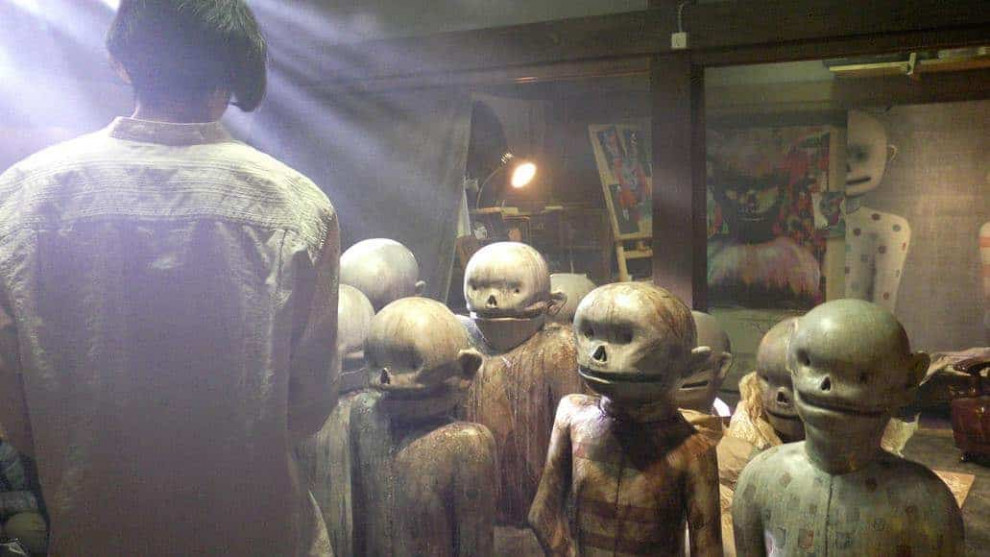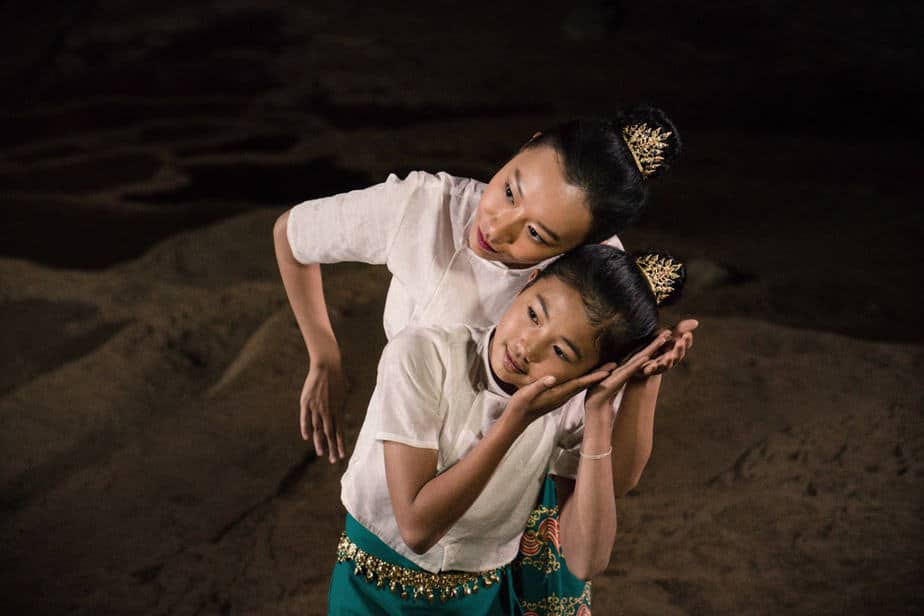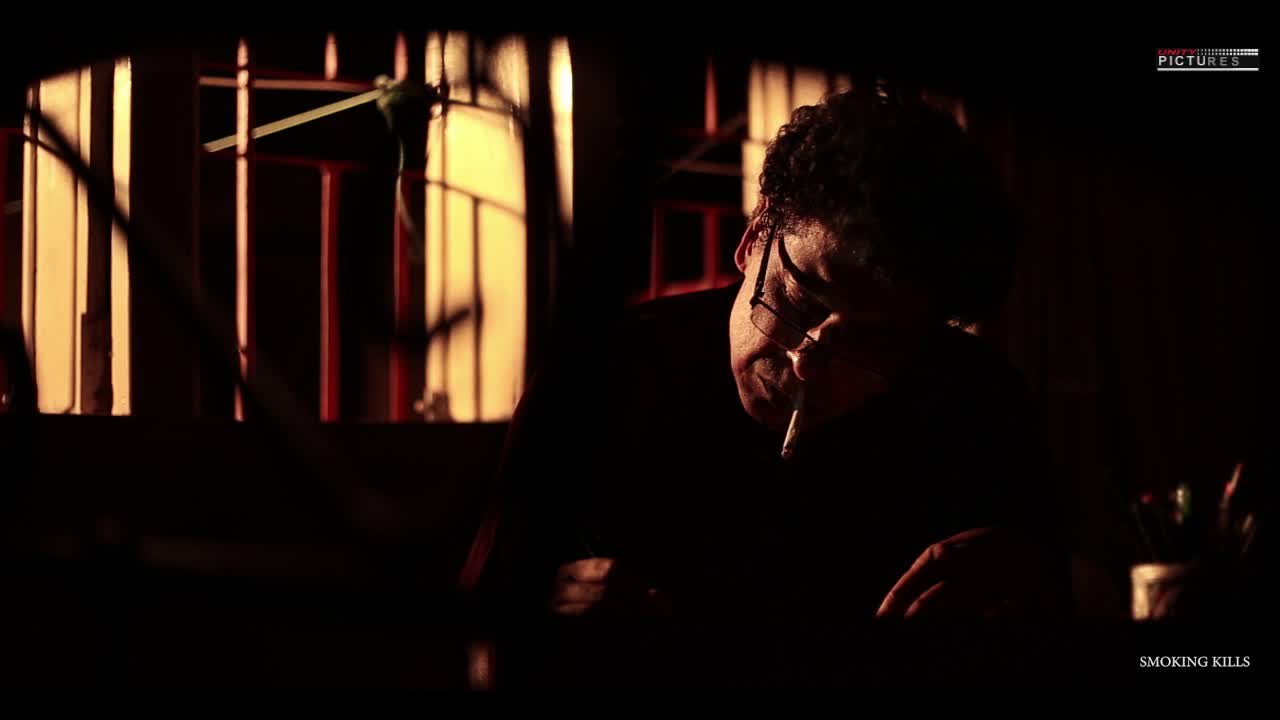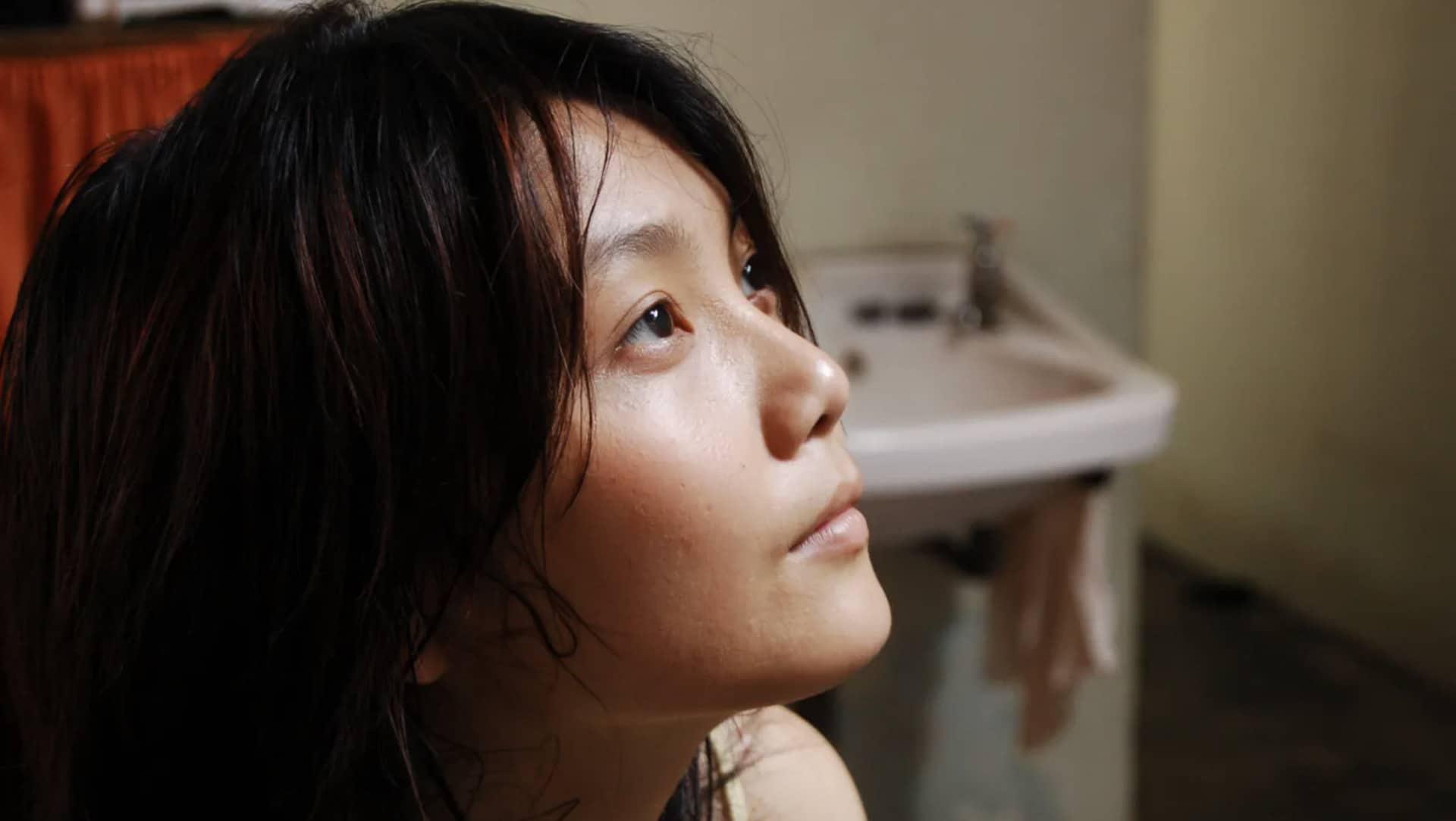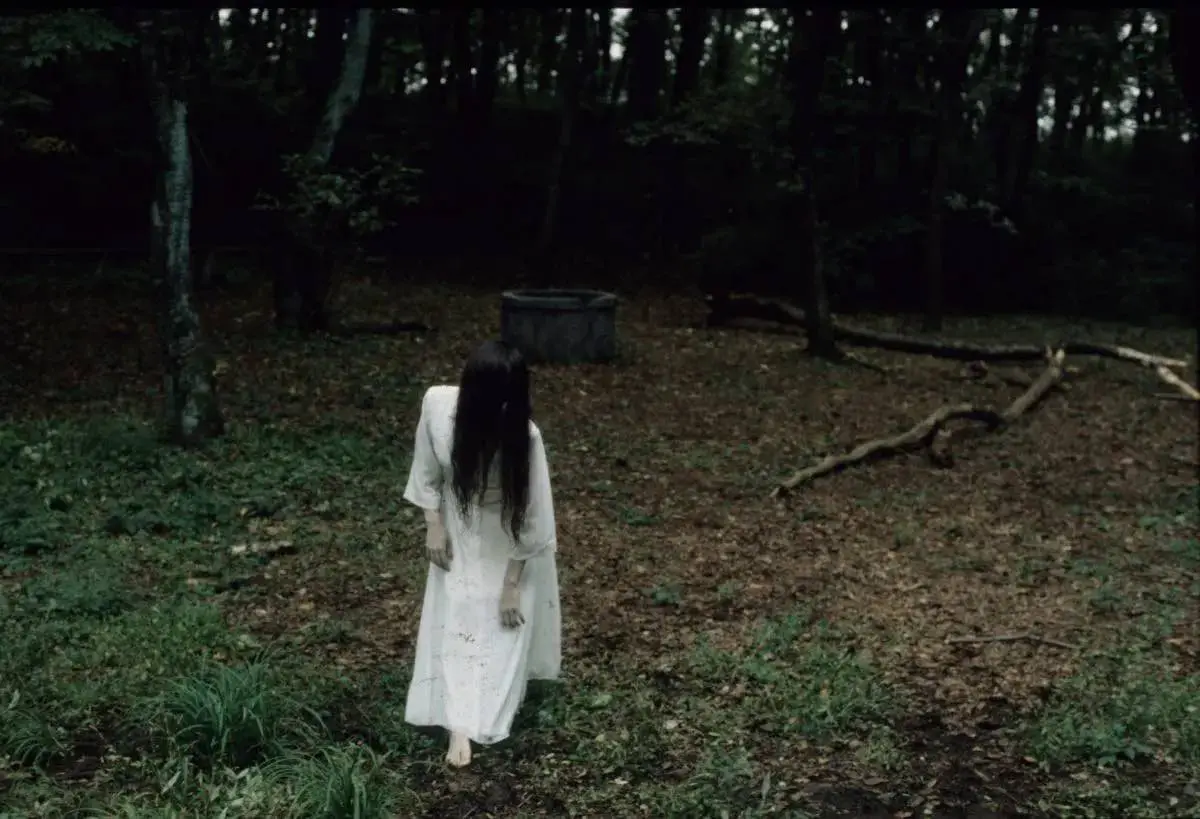In the world of Japanese splatter, gore and “silliness” frequently come together and result to films that manage to produce much laughter from the fans of the genre. “Vampire Clay” follows most of the rules of the category, while Umezawa also tries to add depth though social comments, by using the entrance exams to art schools and the antagonism that seems to thrive in the art world.
Watch This Title
In that fashion, the movie starts with some stats regarding the applications and the admissions in five art universities, in a table that highlights the fact that less than 10% of the applicants are admitted in Tokyo University of the Arts. We are then introduced to a small art school in a rural area, where the instructor of the class discovers the vampire clay, and without knowing what it is about, hands it out to her students and aspiring sculptors.
Gradually, we learn about the students, where the number one is a girl that has taken some lessons in Tokyo, immediately becoming the object of jealousy in the classroom, particularly from the number two student, another girl, who seems to hide much hate in her. Eventually, we also learn of the teacher's past and the reasons that led her to this remote area, and the history behind the murderous material, before the vampire clay takes over both the screen and the story, and the film transforms into a splatter, in the most literal interpretation of the term (sic).
Soichi Umezawa was a makeup artist before he became a filmmaker and his expertise on the particular department is more than visible in the “clay of terror,” with the living substance taking control of his victims, turning them into zombies and reducing every solid part in their body to mush. This effect works in hilarious ways as the individuals that suffer from the attack realize they do not have control of their joints anymore, which have been turned to something completely elastic. At the same time, the fact that only fire works against the creature is a nice addition, with both the aforementioned elements benefiting the most by the stop motion animation. The general sense of the film also benefits by the mostly industrial tracks by Kou Nakagawa, that work quite nicely.
The cinematography by Shintaro Kuriyama and Umezawa's own editing could use some improving, but, at times, I felt that even these aspects fit the general, “trash” (b-movie if you prefer) aesthetics of the film.
Evidently, “Vampire Clay” is as messy as its basic premise, but if one decides not to take it seriously, one will come across a rather entertaining experience, in splatter/b-movie/trash fashion.


